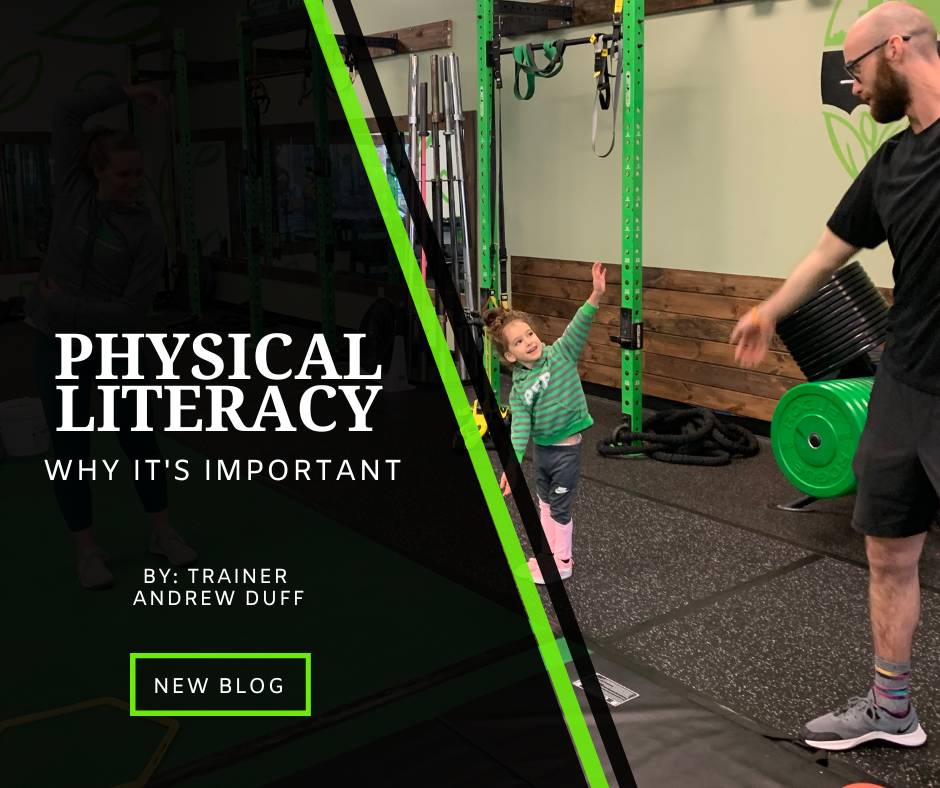
UNDERSTANDING RESISTANCE TRAINING SKILL LITERACY
While physical literacy covers a diverse spread of skill sets in a variety of environments, it is worth asking, “Is there a specific benefit to having youth in gyms and weight rooms?”. The short answer is, yes. The reason is that performing resistance training movements can grow one’s understanding of how to use their muscles and move their body. This skill is called resistance training skill literacy (RTSL).

THE DOMAINS OF PHYSICAL LITERACY
Physical Literacy is a relatively new topic in the health and wellness world. The term was first coined by Dr. Margaret Whitehead, a physical education teacher at the time, in 1993. She defined physical literacy as motivation, confidence, physical competence, knowledge, and understanding to value and take responsibility for engagement with physical activity throughout life.

PHYSICAL LITERACY
Physical literacy is confidence and competence in movement and physical activity. But what kind of movement and physical activity, you may be wondering? The answer is any and all. To become physically literate, one should do the same. Always be open to trying a new activity, scaled to your ability level, as it enhances your ability to continue learning skills and improving/maintaining motor function throughout your life.

PFP PHYSICAL LITERACY
Being physically active or participating in sports and recreational activities is considered to be “the norm” by many families. Parents that played sports in their youth or adulthood are likely to seek those experiences for their children to create similar formative experiences to what they went through. But what if you have yet to have a positive experience with sports or physical activity?
